Fenugreek, known scientifically as Trigonella foenum-graecum, is a small herb with immense significance in culinary, medicinal, and agricultural traditions. With its bitter, nutty flavor and potent health benefits, fenugreek has been a staple in households and healing systems for centuries. It is primarily grown for its seeds and leaves, both of which are widely used across India, the Middle East, North Africa, and even parts of Europe.
As demand for natural remedies and spice-based diets grows globally, so does the importance of fenugreek. But which country leads the world in fenugreek production? Let’s delve deep into the answer while exploring its uses, significance, and production dynamics.
Global Overview of Fenugreek Production

Fenugreek thrives in semi-arid climates and is usually planted during the cooler months of the year. It is considered a resilient crop that can grow in poor soils with minimal irrigation, making it ideal for regions with unpredictable weather conditions. Major producers of fenugreek include India, Morocco, Egypt, Pakistan, Nepal, and Turkey. However, India stands out as the largest producer of fenugreek in the world, both in terms of quantity and cultivation area.
India: The Fenugreek Powerhouse
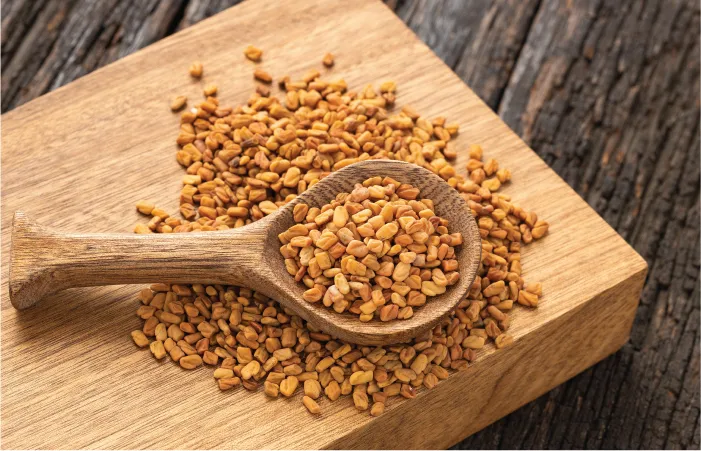
India’s dominance in fenugreek production is not just a matter of scale but also of tradition, utility, and agro-climatic suitability. Let’s explore how and why India has taken the lead.
1. Production Statistics
India contributes over 80% of the global fenugreek output. According to the Ministry of Agriculture & Farmers’ Welfare (India), the country produces more than 130,000 metric tons of fenugreek annually. The main states involved in cultivation are:
- Rajasthan – the top producer, contributing nearly 80% of India’s total fenugreek production
- Gujarat
- Madhya Pradesh
- Uttar Pradesh
- Maharashtra
Among these, Rajasthan alone accounts for a major share due to its favorable climate, sandy soils, and dedicated government support for spice cultivation.
2. Climatic and Soil Advantages
Fenugreek requires dry and moderately cool weather for optimal growth. Rajasthan’s arid to semi-arid climate provides just the right conditions. Loamy or sandy loam soils with good drainage, abundant in Rajasthan and Gujarat, are ideal for fenugreek farming. The crop is typically sown in October-November and harvested by February-March.
3. Government Support and Export Potential
India’s National Horticulture Mission (NHM) and other agricultural initiatives have promoted the cultivation of spices like fenugreek. Farmers are encouraged to adopt organic methods, use high-yielding varieties, and participate in global spice fairs.
India also exports fenugreek in various forms:
- Whole seeds
- Powdered fenugreek
- Fenugreek extract (for medicinal and cosmetic use)
Major importers include the United States, United Kingdom, Germany, Malaysia, Saudi Arabia, and Egypt.
Uses and Applications of Fenugreek
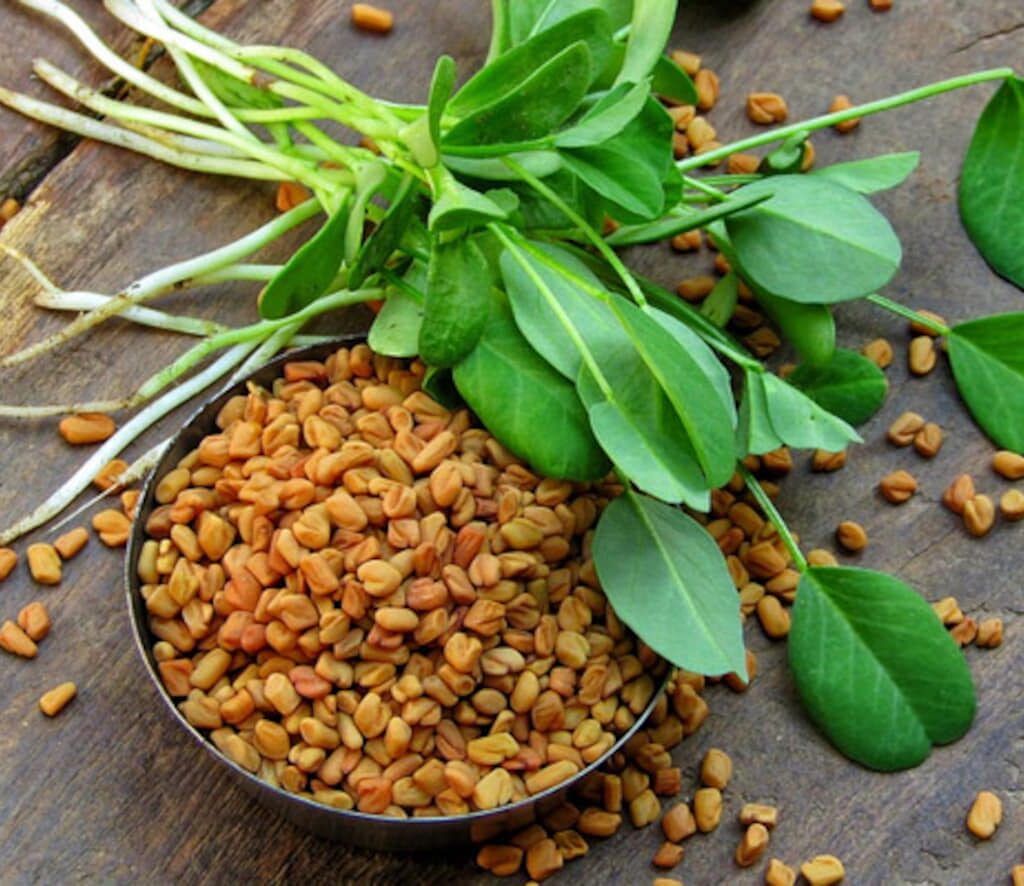
India’s massive production is closely tied to the multipurpose nature of fenugreek. It’s a household name in Ayurvedic medicine, everyday cuisine, and even traditional beauty treatments.
1. Culinary Uses
Fenugreek seeds and leaves (known as methi in Hindi) are used in:
- Spice blends like panch phoron, sambar powder, and curry powders
- Tempering dals, pickles, and stews
- Flavoring breads like methi paratha
- Sprouted salads and herbal teas
2. Medicinal Benefits
Traditional medicine recognizes fenugreek for:
- Improving digestion and appetite
- Controlling blood sugar levels in diabetes
- Boosting lactation in nursing mothers
- Reducing inflammation and joint pain
- Regulating cholesterol
Its high content of fiber, protein, iron, and antioxidants makes it especially popular in natural and holistic health regimes.
3. Cosmetic and Personal Care
Fenugreek paste and extracts are used in:
- Hair care products to reduce hair fall and dandruff
- Skin care for reducing acne and pigmentation
- Face masks and herbal oils
The global personal care market’s trend toward natural products has further increased demand for fenugreek-based formulations.
Other Major Fenugreek Producers
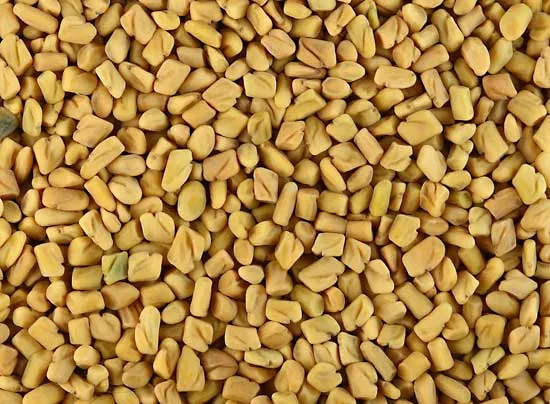
While India dominates, a few other countries also contribute significantly:
1. Nepal
Fenugreek is cultivated widely across Nepal’s hilly and terai regions. Known locally as methi, it plays an important role in Nepali cuisine and traditional medicine.
2. Pakistan
In Punjab and Sindh provinces, fenugreek is used extensively in culinary and medicinal forms. Pakistan exports a moderate quantity, primarily to Middle Eastern markets.
3. Egypt and Morocco
In North Africa, Egypt and Morocco are known for growing fenugreek as part of their spice and herbal medicine industries. Moroccan fenugreek, often used in teas and traditional remedies, has gained attention in Europe.
Challenges in Fenugreek Production
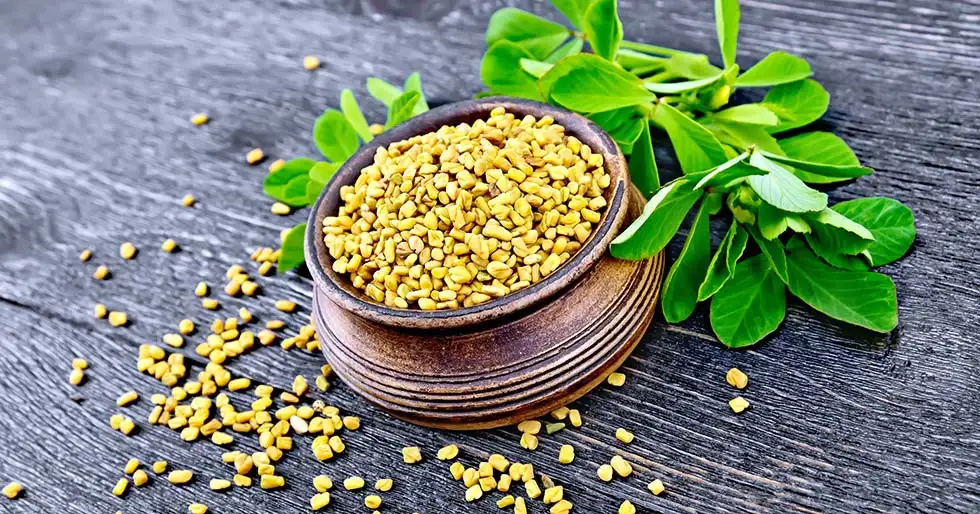
Despite being hardy, fenugreek cultivation comes with its own set of challenges:
- Pest infestations like aphids and mites
- Diseases such as powdery mildew and root rot
- Post-harvest storage issues due to high oil content, leading to spoilage
- Market price fluctuations and middlemen exploitation
Farmers in India often rely on cooperatives and spice boards for fair pricing and access to better markets.
Future Prospects
Fenugreek is experiencing a resurgence globally thanks to growing awareness of plant-based diets and natural remedies. As interest in functional foods, superfoods, and herbal medicine increases, so does the commercial potential for fenugreek.
Innovations on the Horizon:
- Bio-fortified seeds for higher yields
- Organic farming certifications for better export prices
- Contract farming models linking farmers directly to FMCG and pharmaceutical industries
India is well-positioned to continue its leadership in the fenugreek market through smart agricultural policies, technological support, and enhanced farmer training.
Conclusion
So, which country is the largest fenugreek producer in the world? The clear answer is India — by a wide margin. With over 80% of the world’s production, strong domestic demand, and a thriving export market, India has made fenugreek not just a spice but a symbol of sustainable and value-added agriculture.
From the spice markets of Rajasthan to global health food shelves, fenugreek’s journey is a testament to how traditional crops can find new relevance in a modern world. As India continues to innovate in agricultural practices and export strategies, it’s likely to retain its crown as the global fenugreek champion for years to come.

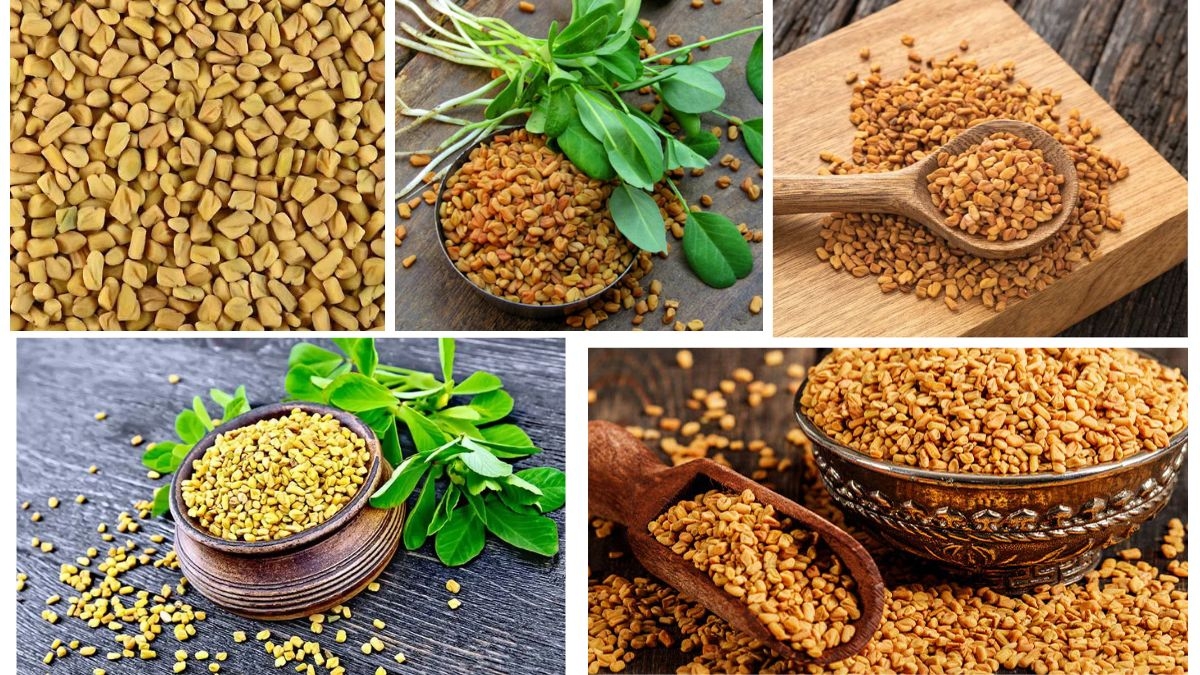


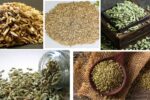

Leave A Comment